Q: Where does glass get its color from and why is red glass more expensive than any other color?
MACNEIL: It’s perhaps not very well known that colored glass is achieved by using oxidized metals to create the color within the glass. Historically many different elements were experimented with, but over time only the ones created with metals maintained their color intensity in all situations including direct sunlight. A prime example where the capacity to hold color is critical are the stained glass windows in churches, mosques, synagogues and cathedrals. They were positioned to get the most light possible throughout the day and the richness of the color was vital to their aesthetic.
The reason red glass is so expensive to produce is because it uses oxidized gold to achieve its color.
Below are some examples of red glass in my work:
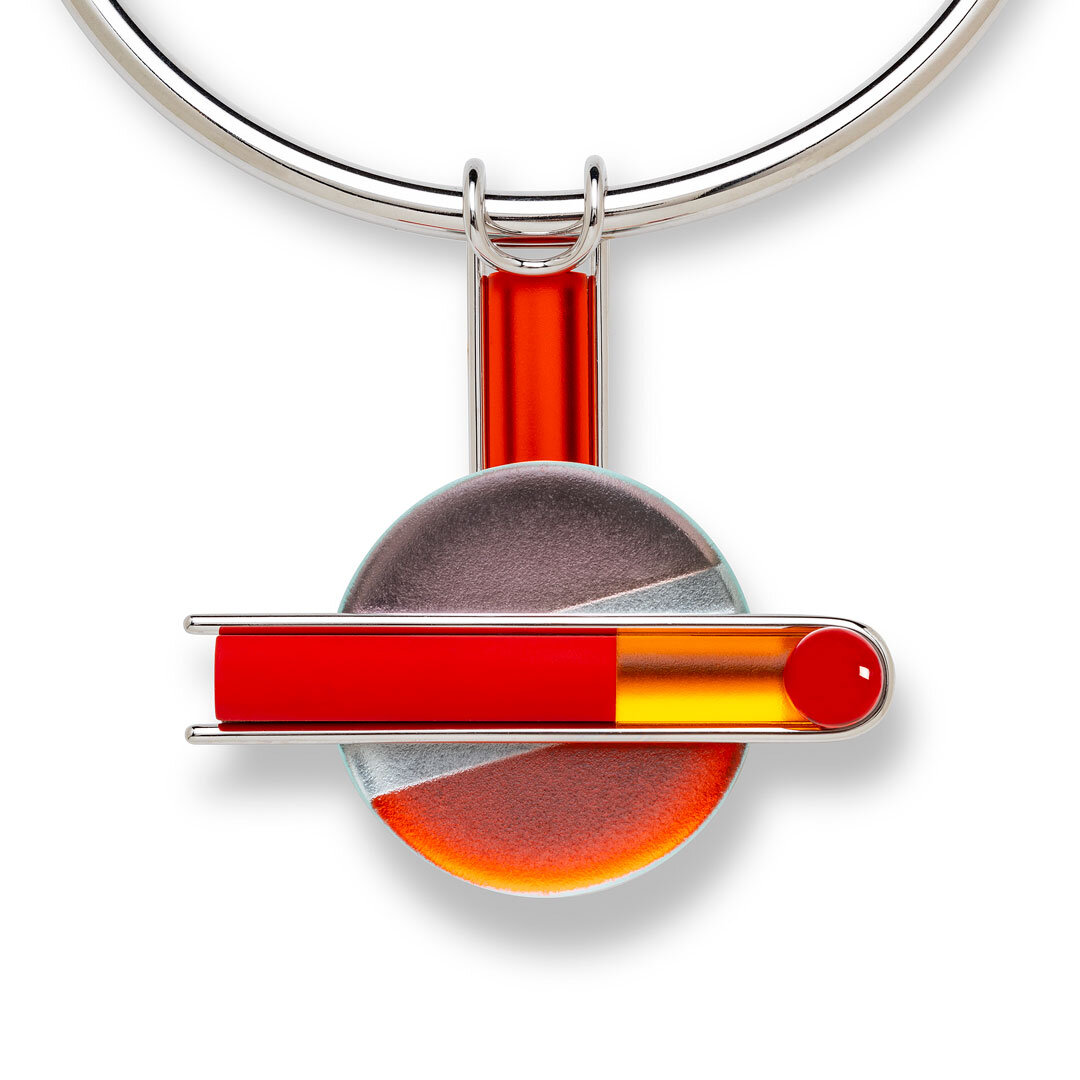
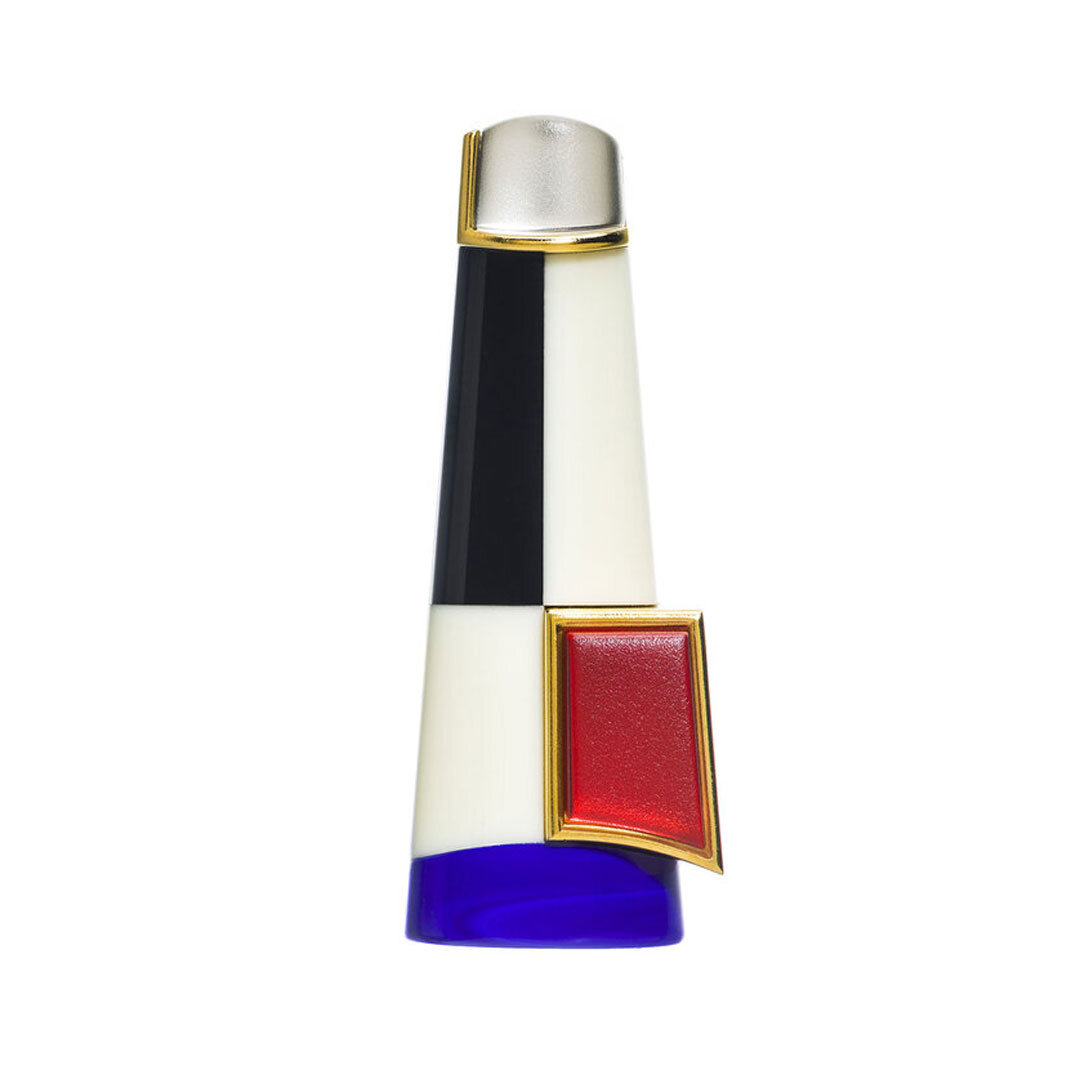
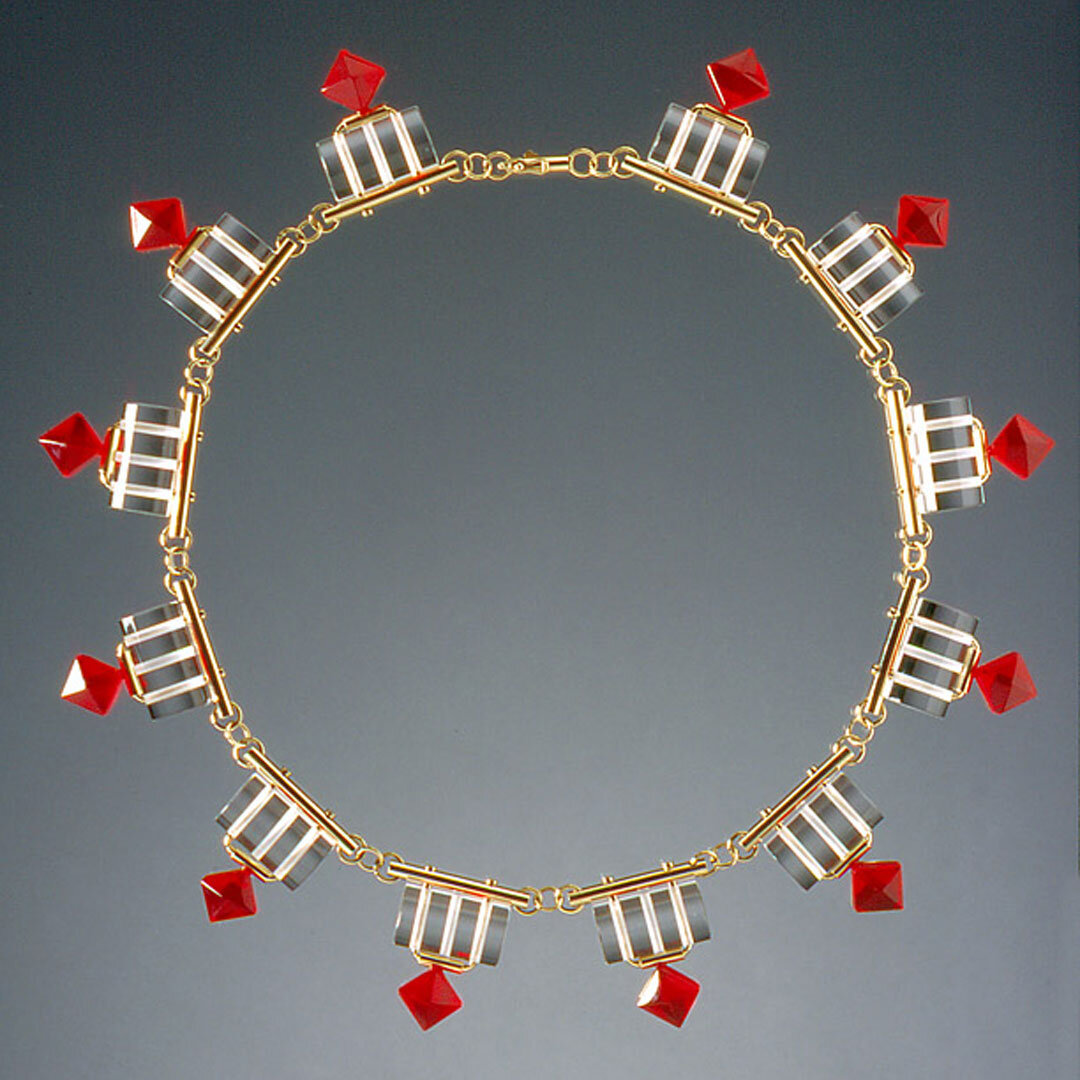
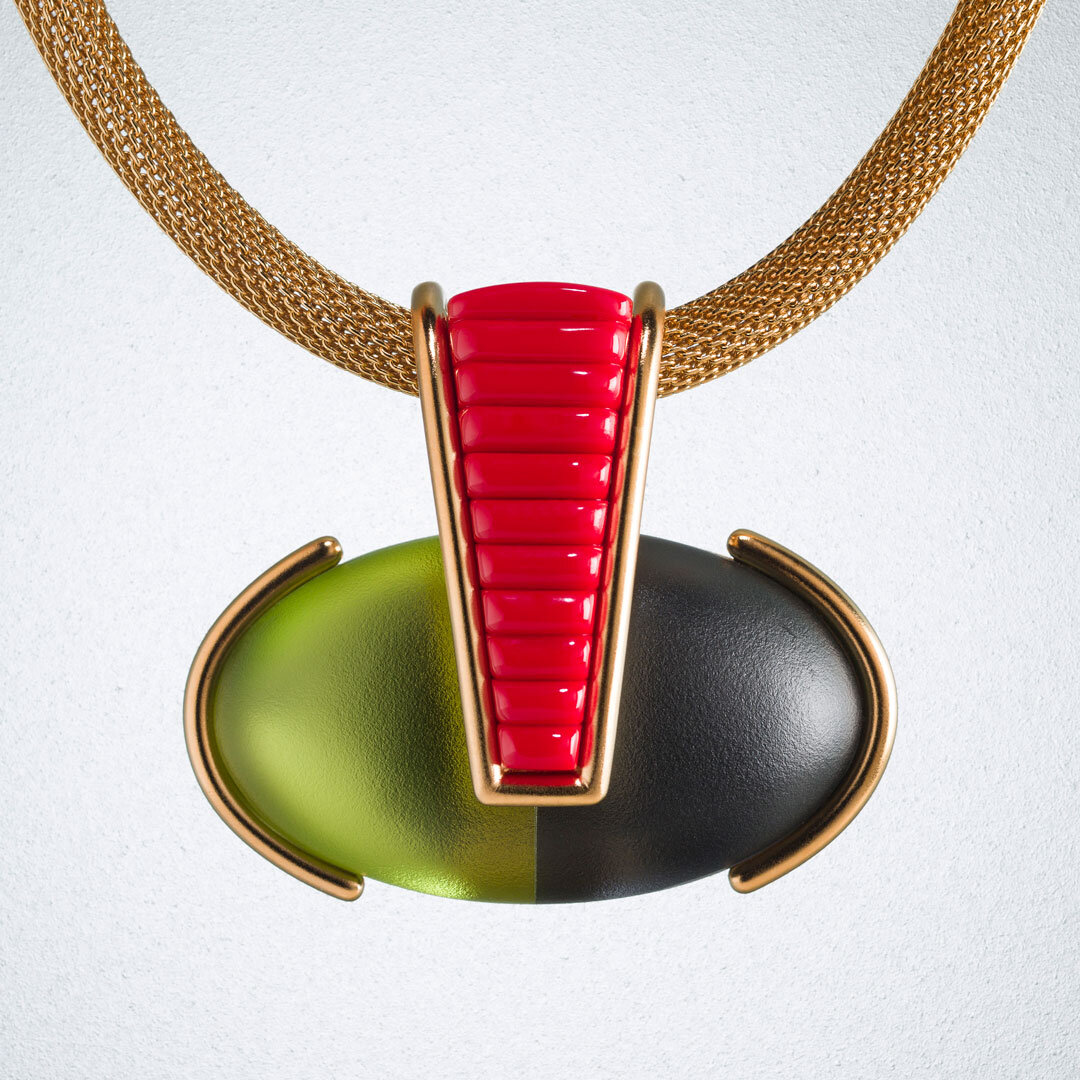
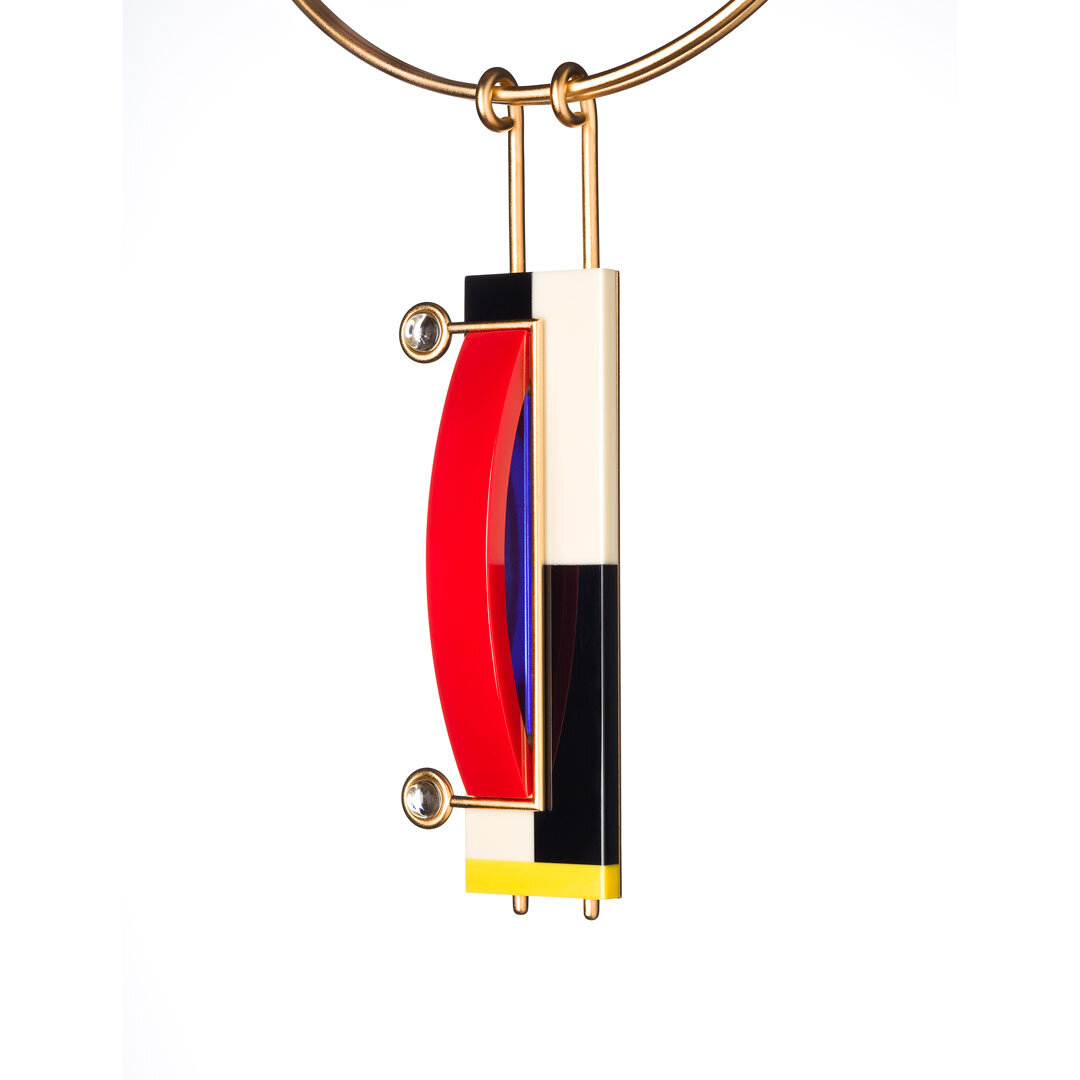
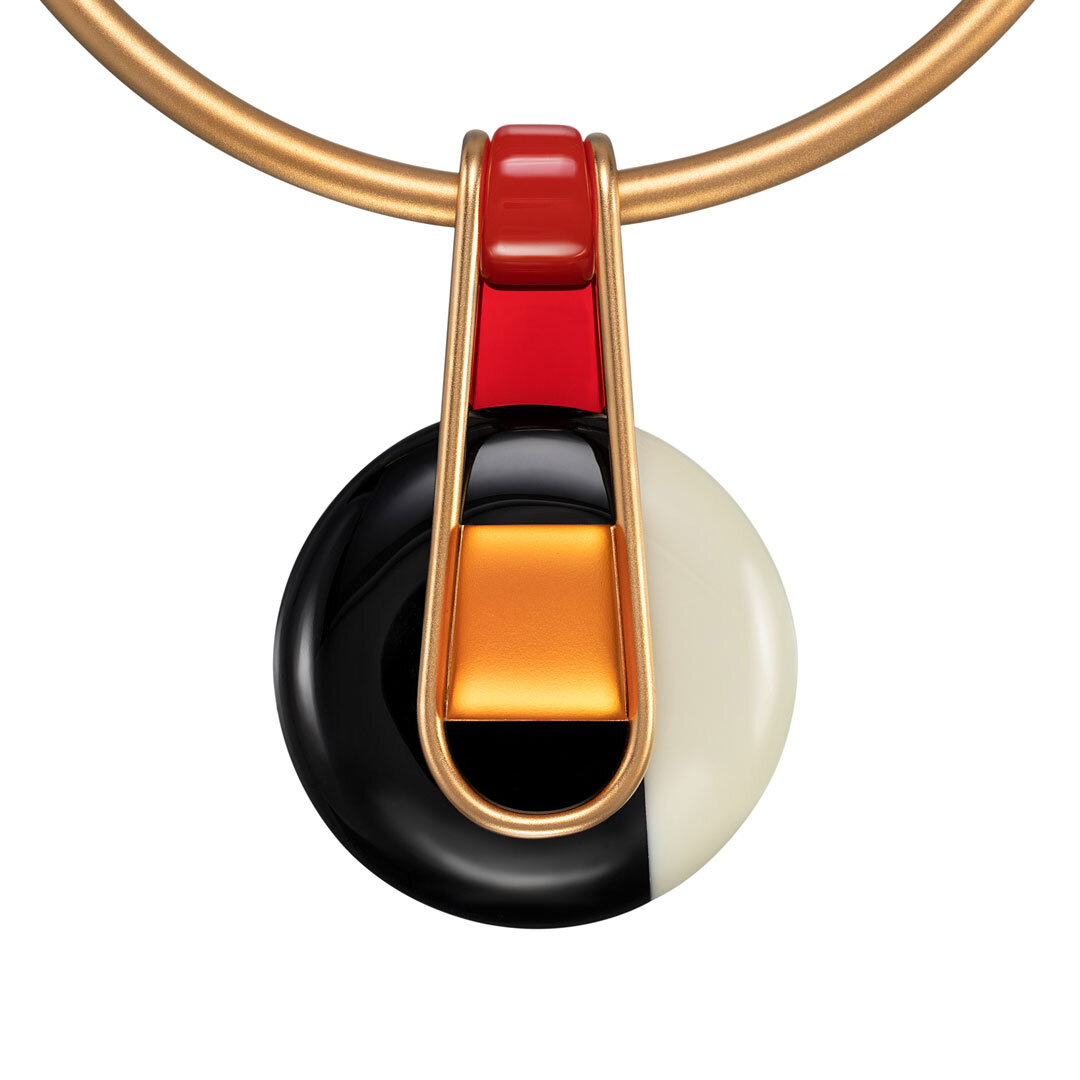
The History of Colored Glass and How it is Made
The earliest pieces of colored glass come from the Mesopotamians and the Egyptians.
From Studies in Early Egyptian Glass by C Lilyquist, RH Brill - resources.metmuseum.org These studies were undertaken to form a historical and technological context for the large
amount of vitreous material, most of which is now in The Metropolitan Museum of Art. Google Scholar link
The earliest people who worked with glass had no control over its color. Then, through accident and experimentation, glass makers learned that adding certain substances to the glass melt would produce spectacular colors in the finished product. Other substances were discovered that, when added to the melt, would remove color from the finished project.
Egyptian glass blowers: As early as 3500 BCE, the first true glasses were being made in Mesopotamia and Ancient Egypt. Beads and small blown-glass vessels were some of the earliest objects made with colored glass. Early glass artists were always experimenting to improve their glass and the objects that they produced. Image Image copyright iStockphoto / ilbusca.
The Egyptians and Mesopotamians both became expert at the production of colored glass. In the eighth century, a Persian chemist, Abu Musa Jabir ibn Hayyan, also known as "Geber," recorded dozens of formulas for the production of glass in specific colors. Often considered the "father of chemistry," he realized that the oxides of metals were the key ingredients for coloring glass.
Below is a chart of all the metals used in the most familiar glass colors:
Source Geology.com
The Origin of Colored Glass Making in America
The first place to make glass in the states was Jamestowne, VA. The ruins of the original glass furnace from 1608 are still in existence. (Historic) Jamestown website.
“Glass making was the first industry set up in America in Jamestown, settled in 1607. The English were running out of wood to fuel their furnaces. The endless forests and sand in the New World dictated the choice.” The Stained Glass Association of America
This post is drawn from a “Conversation with Katja” that began in 2021.



